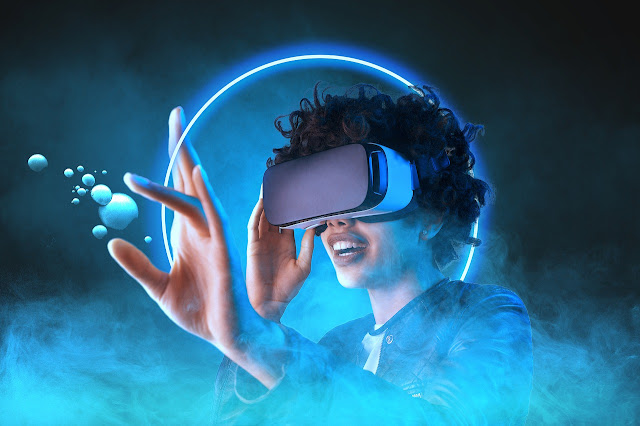Virtual reality (VR) technology has rapidly evolved over the past few years, transforming the way we experience both business and entertainment. From immersive gaming experiences to virtual meetings and training simulations, VR has become a powerful tool with diverse applications. In this article, we will delve into the recent developments in virtual reality technology and explore its significant impact on various industries.
Introduction to Virtual Reality
Virtual reality is a technology that simulates a realistic, three-dimensional environment using computer-generated imagery and immersive hardware. It typically involves the use of a VR headset, which tracks the user's head and body movements to provide an interactive and lifelike experience.
Evolution of VR Hardware
Over the years, VR hardware has undergone significant improvements. Early VR headsets were bulky and had limited capabilities. Today, we have sleek and powerful devices such as the Oculus Rift, HTC Vive, and PlayStation VR. These headsets offer high-resolution displays, precise motion tracking, and ergonomic designs, making them more accessible to consumers.
Immersive Gaming and Entertainment
One of the most prominent applications of VR is in gaming and entertainment. VR games transport players to entirely new worlds, allowing them to interact with their surroundings and characters. This level of immersion enhances the gaming experience, making it more engaging and realistic.
Revolutionizing Business Operations
Virtual reality has also found its way into the business world. Companies are using VR for virtual meetings, product design, and employee training. VR allows employees to collaborate in a virtual environment, saving time and resources. Additionally, it enables architects and engineers to visualize and modify designs in real-time.
Virtual Reality in Healthcare
In healthcare, VR is being used for medical training, therapy, and even pain management. Medical students can practice surgeries in a risk-free virtual environment, and patients undergoing painful procedures can immerse themselves in calming VR experiences, reducing anxiety and discomfort.
VR in Education and Training
Education is another sector benefiting from VR technology. Students can take virtual field trips, explore historical landmarks, and engage in interactive lessons. VR also plays a crucial role in employee training, especially in industries where hands-on experience is essential.
Challenges and Concerns
While VR has made remarkable strides, it is not without its challenges. Motion sickness, high costs, and the need for powerful hardware are some of the issues that need to be addressed. Additionally, there are concerns about privacy and data security in virtual environments.
Future Trends in VR
The future of virtual reality looks promising. As technology continues to advance, we can expect even more realistic and immersive experiences. Augmented reality (AR) and mixed reality (MR) are also likely to merge with VR, creating new possibilities for both consumers and businesses.
Conclusion
In conclusion, virtual reality technology has come a long way and is now a driving force in various industries, including gaming, business, healthcare, and education. Its ability to immerse users in virtual worlds has opened up new opportunities and challenges. As we move forward, it will be fascinating to see how VR continues to shape our world.
FAQs
What is virtual reality technology?
Virtual reality technology creates immersive, computer-generated environments that users can interact with using VR headsets.
How is VR used in business operations?
VR is used in business for virtual meetings, product design, and employee training, among other applications.
What are the challenges of VR technology?
Challenges include motion sickness, high costs, and concerns about privacy and data security.
What are the future trends in VR?
The future of VR includes more realistic experiences and the integration of augmented reality (AR) and mixed reality (MR) technologies.



Comments
Post a Comment